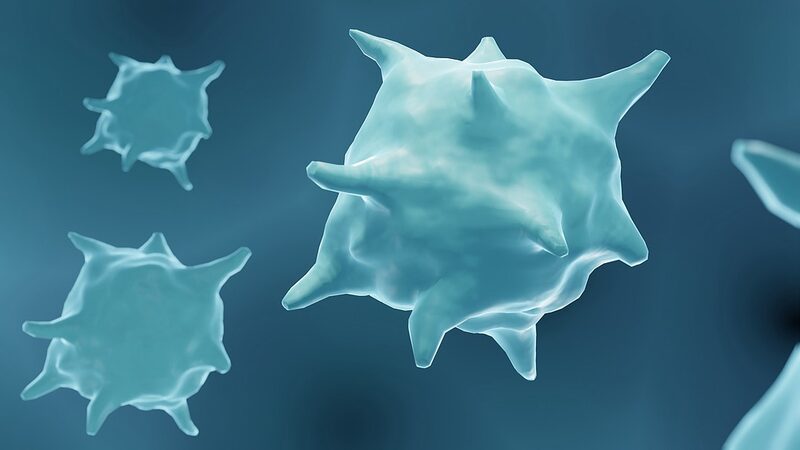Israeli researchers at the Weizmann Institute of Science have uncovered a critical mechanism that allows breast cancer cells to lie dormant for years before reactivating aggressively, according to a study published in Science Signaling. The discovery opens pathways to develop therapies that could prevent cancer recurrence even decades after remission.
Breast cancer cells exploit a biological process used by healthy tissue to toggle between growth and maturity states. The study reveals these malignant cells mimic healthy cells by leveraging proteins like OVOL to enter prolonged \"sleep mode\"—evading detection—only to reawaken later with heightened aggression.
By artificially increasing OVOL levels in triple-negative breast cancer cells, researchers halted cell division and induced dormancy in lab tests. Mice trials showed slowed tumor growth, though the protein’s long-term role proved double-edged. Declining OVOL levels—triggered by hormonal shifts like lower estrogen—may awaken dormant cells, fueling metastasis resistant to existing treatments.
Dormant cells also accumulate unstable free radicals, which damage DNA and cripple repair mechanisms. This explains why relapsed cancers often prove deadlier. The findings underscore cancer dormancy as a pivotal frontier for preventing recurrence and improving survival rates globally.
For investors and healthcare innovators, such insights highlight opportunities in targeting dormancy pathways. For the Asian diaspora and global audiences, the study signals hope for more effective therapies in regions facing rising cancer burdens. Researchers urge further exploration to translate these discoveries into clinical tools.
Reference(s):
cgtn.com








